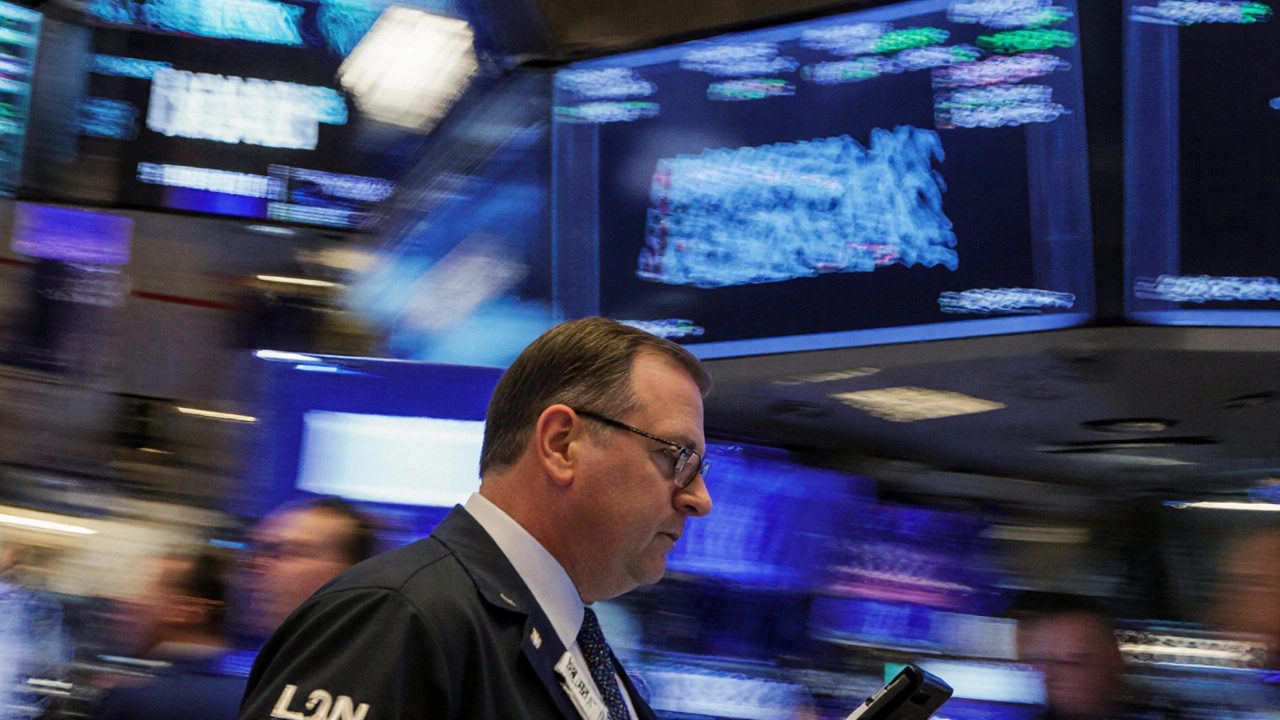Gold: Prices, Mining, Investment and Market Impact
When talking about Gold, the bright yellow metal that has acted as money, jewelry and a hedge against uncertainty for over 5,000 years. Also known as Au, it links ancient economies to today’s high‑tech trading floors, you instantly step into a web of finance, geology and global politics. Gold isn’t just a shiny trinket; it’s a cornerstone of the modern commodity market.
Why gold matters today
In the commodity market, gold acts as the most trusted safe‑haven asset. When investors fear inflation or geopolitical tension, they often shift capital into gold, which helps stabilize portfolios. This relationship creates a clear semantic triple: Gold influences commodity market stability. At the same time, the mining sector fuels supply. Gold mining, the extraction of ore from underground or open‑pit operations determines the baseline for price swings, forming the triple Gold mining supplies gold for the commodity market. Finally, individual and institutional investors use various tools—physical bullion, exchange‑traded funds, and futures contracts—to gain exposure. That creates the triple Gold investment requires market instruments. Together, these entities build a clear picture of why gold stays in the spotlight.
Price dynamics hinge on three core attributes: supply, demand, and macro‑economic signals. Supply comes from the mines we just mentioned, with major producers like South Africa, Australia and Peru delivering roughly 3,000 tonnes annually. Demand splits into jewelry (about 50% of total), technology (electronics, aerospace) and investment (the remaining share). When central banks announce a policy shift—say, raising interest rates—the demand side reacts sharply, pushing prices up or down within days. The attribute‑value pair looks like this: Gold price (attribute) reacts to central bank policy (value). Understanding that cause‑effect chain helps readers decode daily market headlines.
Investors have several pathways to add gold to a portfolio. Physical bullion offers tactile ownership but entails storage and insurance costs. Gold ETFs provide a paper‑based exposure with daily liquidity and lower overhead. Futures contracts let traders bet on price moves without ever holding the metal, though they demand higher expertise. Each method carries distinct risk‑reward profiles, a crucial distinction for anyone moving from casual curiosity to serious allocation. The semantic connection here is: Gold investment options shape risk exposure. By comparing these tools, readers can match their comfort level with the appropriate vehicle.
Beyond finance, gold’s cultural and industrial roles add layers to its story. In many African nations, local gold mining drives community economies, creating jobs and sometimes sparking environmental debates. In tech, gold’s conductivity makes it invaluable for high‑precision connectors in smartphones and satellites. Those side‑effects illustrate the triple Gold supports technology development. They also remind us that price spikes can ripple into unrelated sectors, affecting everything from smartphone prices to small‑scale miners’ livelihoods.
Looking ahead, three trends will likely shape gold’s trajectory. First, the rise of digital gold platforms—apps that let users buy fractional ounces—could broaden the investor base dramatically. Second, geopolitical shifts, such as new trade agreements or sanctions, often cause sudden demand spikes as nations seek safe stores of value. Third, environmental scrutiny of mining practices may tighten supply, especially if governments impose stricter regulations. Each trend ties back to our core entities: the commodity market reacts to digital platforms, mining adjusts to regulation, and investment choices evolve with new access points.
Below you’ll find a curated set of articles that dive into specific angles of this ecosystem. From recent price analysis to profiles of mining operations and practical guides on building a gold‑heavy portfolio, the collection reflects the breadth of topics we just outlined. Grab a coffee, skim the list, and pick the pieces that match your interest—whether you’re chasing the next price move or simply want to know why gold still glitters in today’s financial world.
U.S. equities slipped sharply as the dollar climbed to multi‑month highs and gold prices fell. Traders linked the moves to lingering doubts over the Federal Reserve's next rate decision. Sectors ranging from tech to energy felt the pressure, while analysts warned that volatility could stick around if the Fed's path remains unclear.
More
